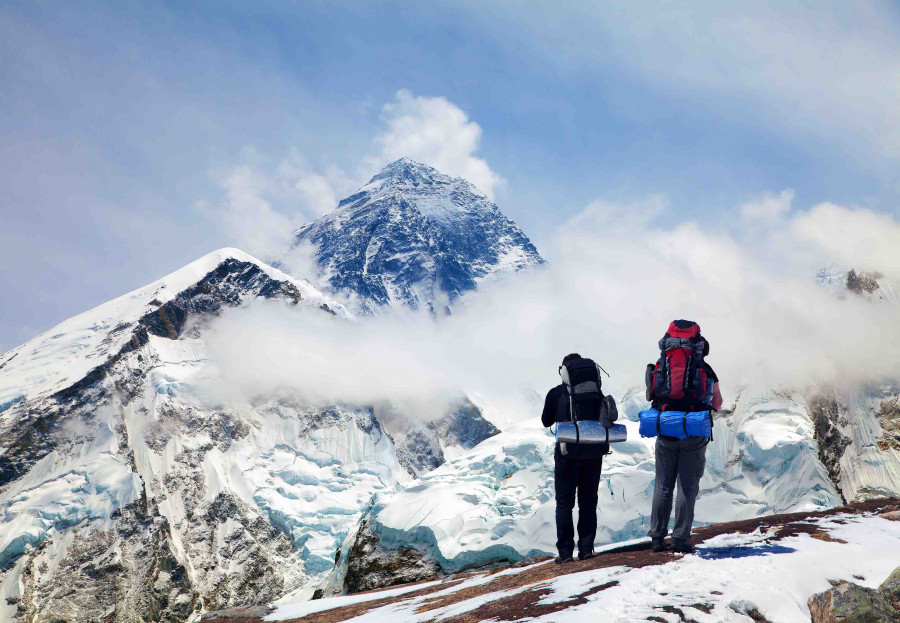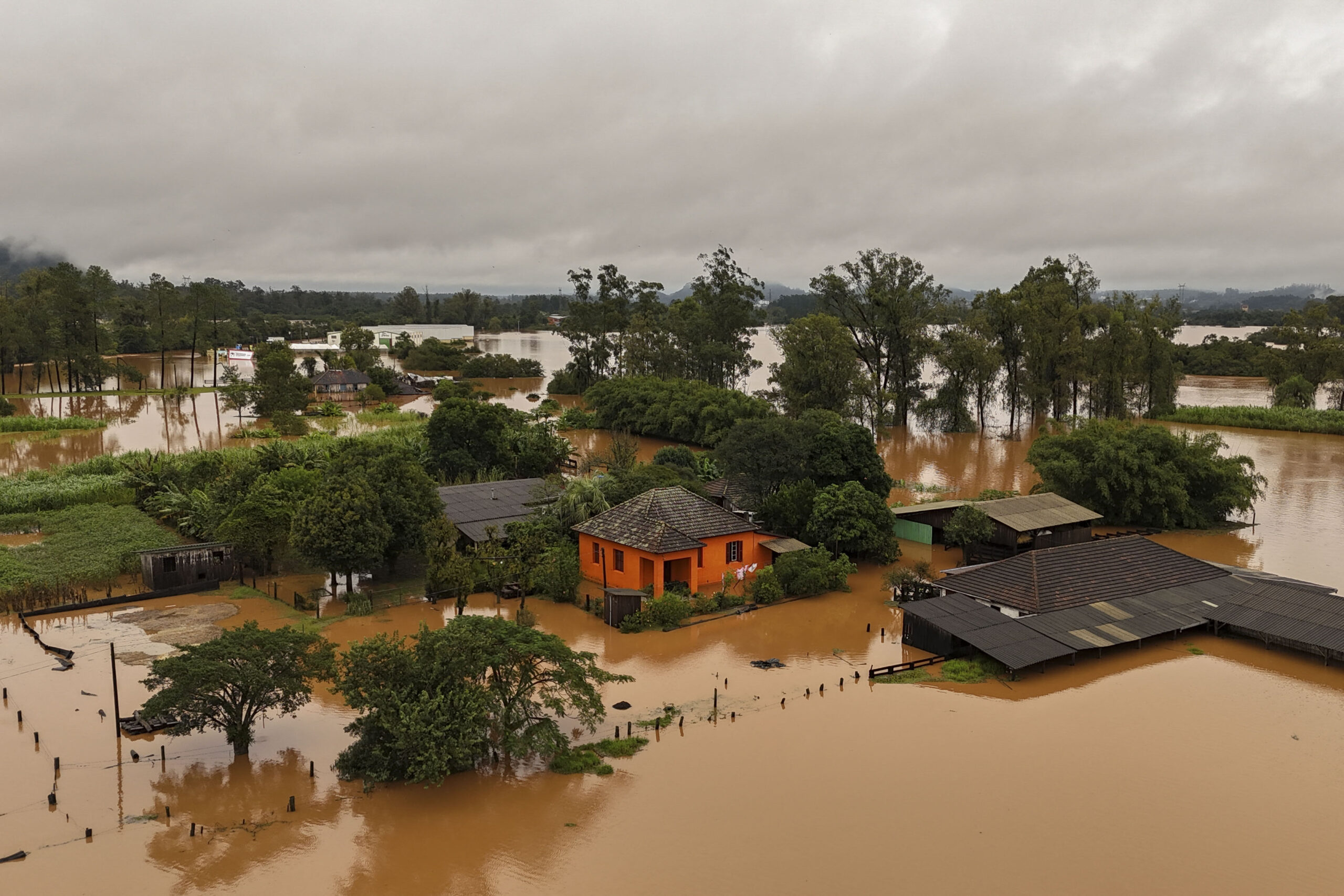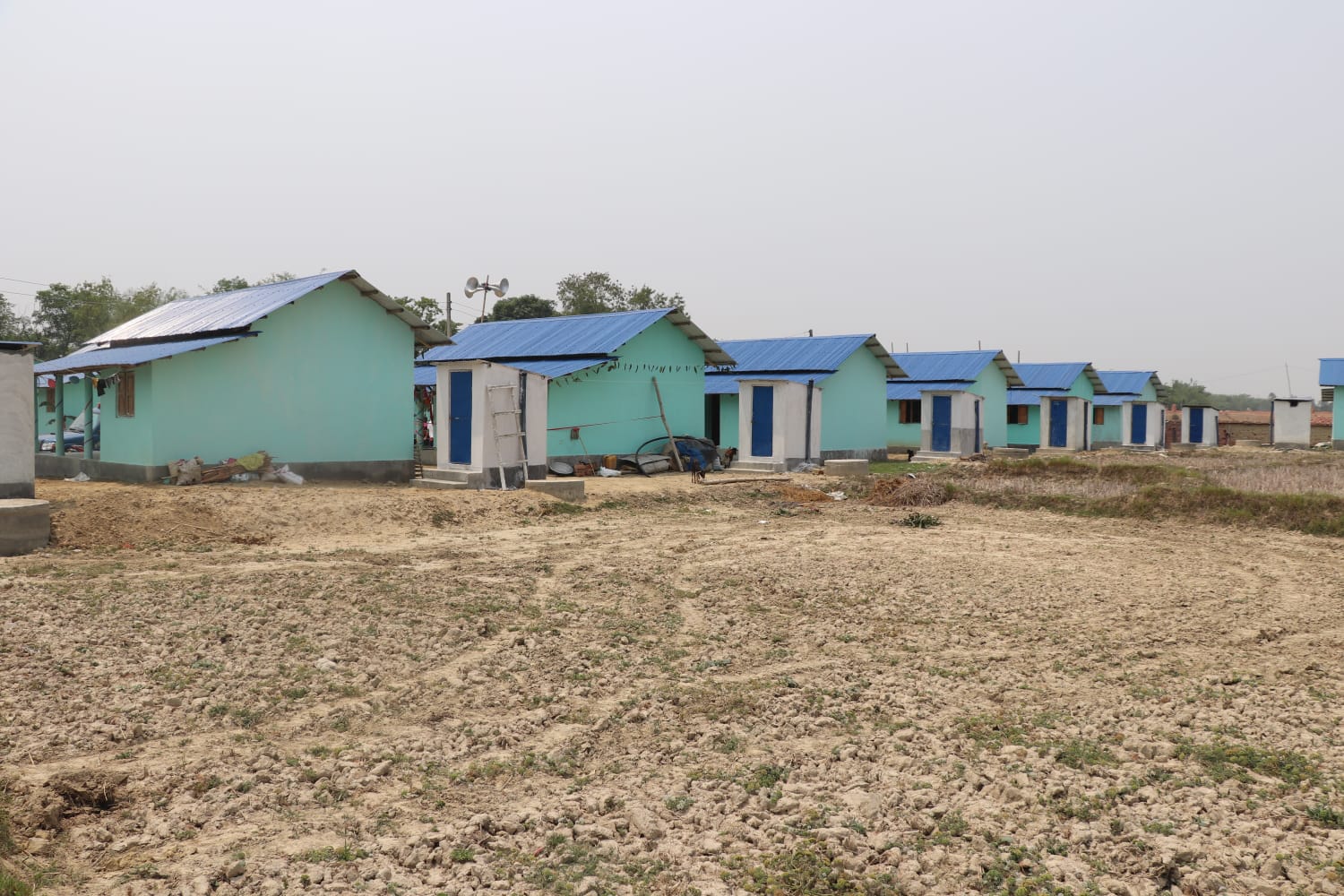There are six more 8,000m peaks in Nepal, experts say
There are 20 eight-thousanders in the world, not 14 as is generally believed, according to Nepali mountaineers and geographers.

KATHMANDU: Nepali experts have claimed that there are 14, not eight, peaks over 8000m in height in the Nepal Himalayas.
The record books say that there are 14 highest mountains in the world which are more than 8,000m tall; and eight of these soaring peaks, including the tallest Everest, lie in Nepal.
But according to Nepali mountaineers and geographers, there are actually 20 eight-thousanders in the world, and these six other giants are too situated in Nepal.
Everest (8,848.86m), Kanchenjunga (8,586m), Lhotse (8,516m), Makalu (8,463m), Cho Oyu (8,201m), Dhaulagiri (8,167m), Manaslu (8,163m) and Annapurna I (8,091m) are the eight globally recognised mountains in Nepal above 8,000m.
There are five eight-thousanders in Pakistan—K2 (8,611m), Nanga Parbat (8,125m), Gasherbrum I (8,080m), Broad Peak (8,051m) and Gasherbrum II (8,034m).
And there is one in China, namely Shishapangma (8,027m).
But that’s not all, Nepali experts say. In addition to these well-known summits, there are six others: Yalung Khang (8,505m), Kanchenjunga South (8,476m) on the Nepal-India border, Kanchenjunga Central (8,473m) on the Nepal-India border, Kanchanjunga West (8,077m), Lhotse Middle (8,413m) on the Nepal-China border and Lhotse Shar (8,400m) on the Nepal-China border.
“It’s a proven fact that we have 14 mountains above 8,000m. Various studies have confirmed it,” said Buddhi Narayan Shrestha, boundary expert and former director general of the Survey Department, Nepal’s national mapping organisation.
“We have also produced a map showing these mountains, but the Nepal government is hesitant to proclaim them,” said Shrestha.
“As a researcher, I have studied these mountains. The government needs to speak. We have 14 peaks standing over 8,000m.”
In November 2013, a 10-member committee led by then joint secretary at the Tourism Ministry Purna Chandra Bhattarai submitted a 113-page report to the ministry recommending official reorganisation of these six eight-thousanders.
In May 2014, the government gave official recognition to Kanchanjunga West in Taplejung as an eight-thousander. The peak was also opened for commercial expeditions along with 104 new peaks, bringing the number of eight-thousanders open to climbers to nine.
But the international mountain fraternity has been holding back endorsing Kanchanjunga West as an eight-thousander.
Including the nine eight-thousanders, the number of peaks available for commercial climbing has now reached 414.
“A mountain is normally considered a separate peak if the col distance between two peaks, the lowest point on the ridge, is at least 500 metres, and if the peak has a separate route not shared with any other peak,” said Ang Tshiring Sherpa, former president of the Nepal Mountaineering Association.
“There were over 800 representatives at the general assembly, and a debate ensued. The meeting was adjourned. We were never allowed to speak,” said Sherpa.
Then in 2014, there was a deadly avalanche on Everest which was followed by the 2015 earthquake, and there was no one to raise the issue.
“But we have been consistently lobbying with the government for international recognition of these six mountains that will boost our tourism. The government, however, is least bothered. We will continue our efforts,” said Sherpa.
According to Sherpa, Kanchanjunga West is an officially unclimbed mountain above 8,000m.
A study of the mountains conducted by the government and the Nepal Mountaineering Association showed that there are 3,310 walking and climbing peaks above 5,500m in Nepal.
Among them, 1,913 are climbing peaks, requiring the use of mountaineering gear.
The government has been mulling strategies to boost mountain tourism, realising its potential to create jobs and alleviate poverty, insiders say. Mountaineering is a high-end tourism segment in Nepal.
A climbing permit for Everest costs $11,000 for foreigners, but most hopefuls end up spending an average of $50,000 on gear, room and board and hiring guides and porters.
The government collects Rs635 million from climbing permits annually, according to the Department of Tourism.
The highest number of mountaineers was recorded in 2018 when 8,641 foreign climbers obtained climbing permits.
-Kathmandu Post









